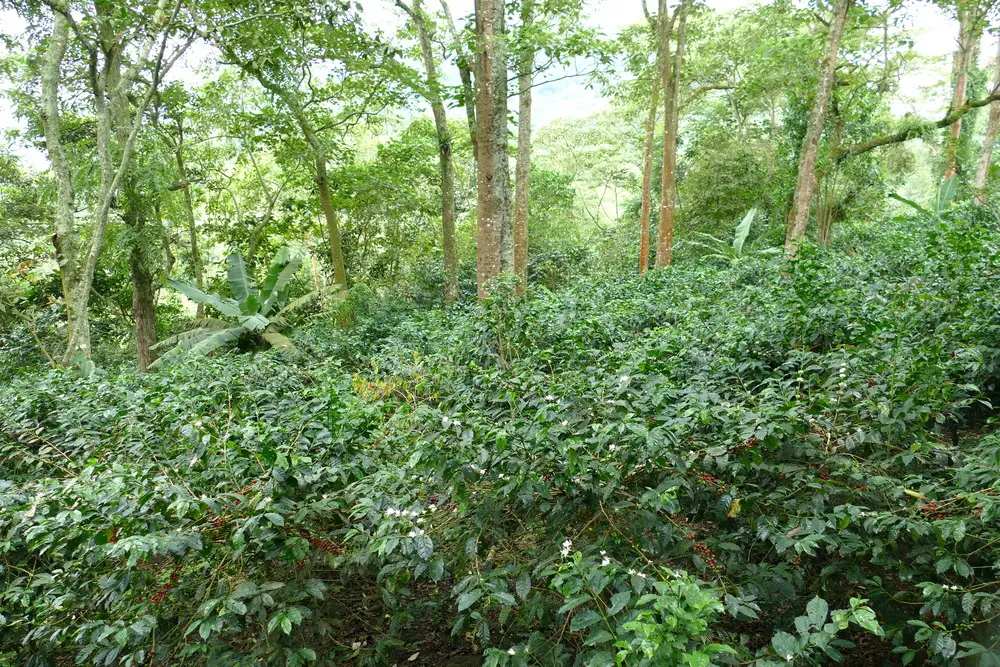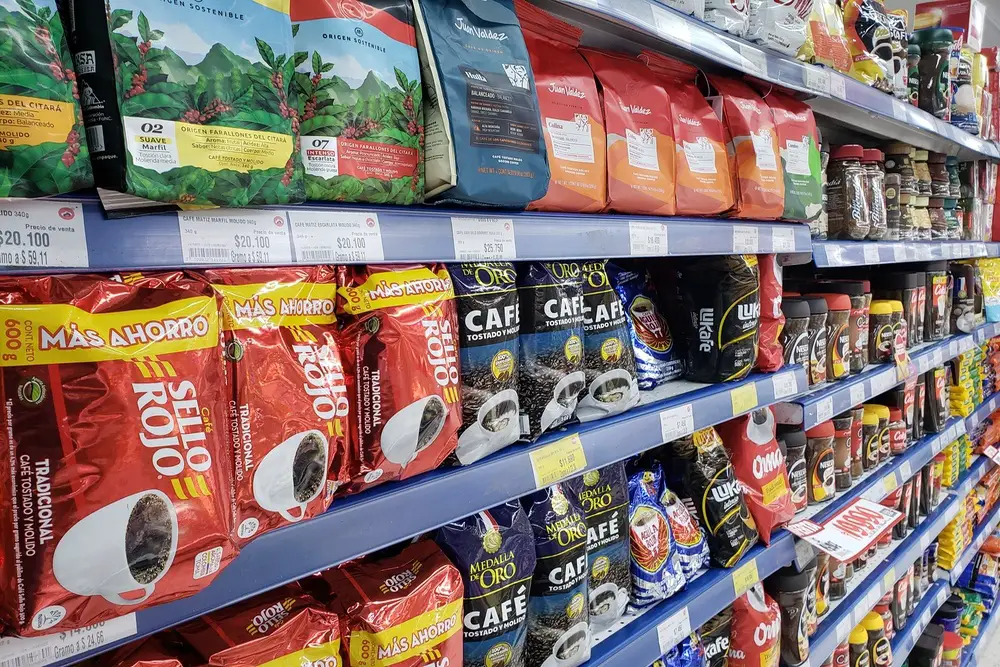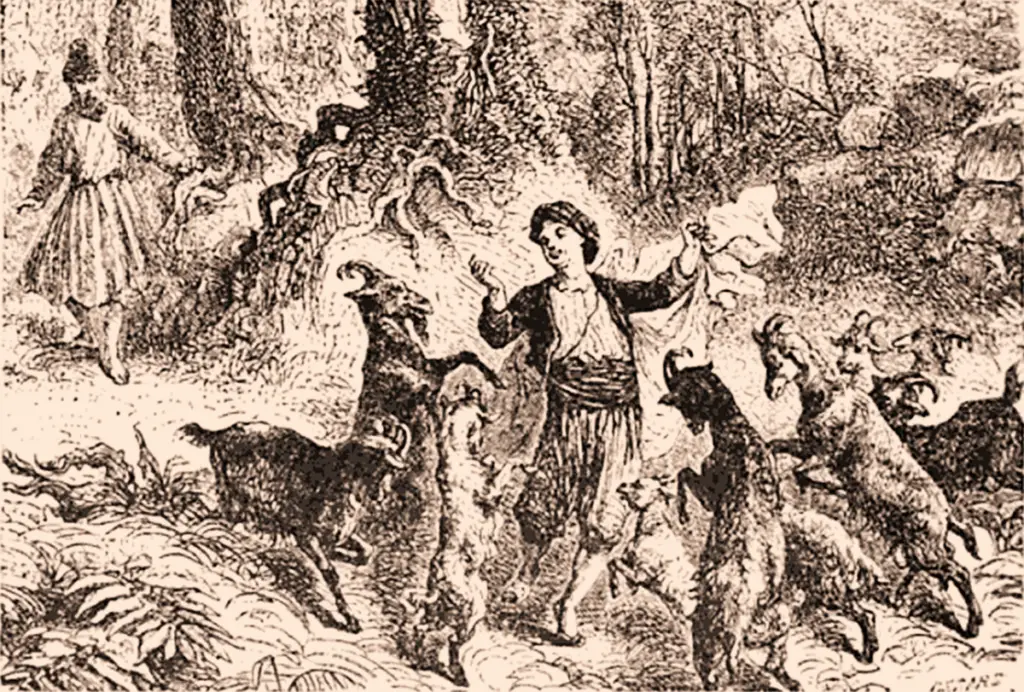Coffee culture has developed a lot in different countries and Japan has had a significant impact on coffee culture. Some of the most famous brands of coffee, coffee makers and accessories come from Japan, such as B. Hario and his world famous V60.
Originally, coffee was considered the second most important beverage after traditional Japanese tea or sake. However, coffee consumption has peaked in recent years and has grown into a multi-billion-dollar industry, making Japan one of the world’s highest coffee consuming countries.
Table of Contents
How coffee came to Japan
To understand coffee culture in Japan, you have to go back to the 17th century when the Dutch first introduced coffee to the country.
Edo period
It is said that the first coffee came to Japan at the beginning of the Edo period (1603-1868). The Dutch introduced coffee to Nagasaki Prefecture. However, it wasn’t very popular at first because it wasn’t accessible to everyone either. Coffee was reserved for governors, translators, and businessmen.
Another reason for the lack of popularity was that Japan was in the Sakoku period. At that time, the government restricted communication with foreign countries. Therefore, it was almost impossible for Japanese citizens to access foreign goods during this period. It wasn’t until 1858 that coffee became increasingly popular in Japan.
Meiji period
During the Meiji period (1868-1912), the Japanese government changed its foreign policy and more people had access to coffee. However, coffee was still very expensive and only upper-class citizens were allowed to taste this drink.
In 1888 the first coffeehouse, the Kahiichakan, opened in Tokyo. The shop stayed open for 5 years before going bankrupt. But with that, interest in the bean began to grow across the country, and over the next 40 years some 30,000 coffee shops opened nationwide.
Taisyo period
During the Taisyo period (1912-1926) a café was opened catering to the younger generation. The owner of Café Paulista had access to Brazilian coffee beans. He opened the café and made coffee popular with the Japanese.
The coffee was cheaper, about a third of the price in other cafes, and more and more people tried the coffee. From then on, the number of coffee shops gradually increased.
In 1933, Ueshima, known as the father of coffee in Japan, started his own company. The company was called Ueshima tadao shote. In the 1960s, the brand consolidated in the country as Ueshima reinvented and canned coffee for mass production in the market. This made coffee more accessible to individual households. Today, this coffee is still available throughout Japan and around the world.
World War II and after
Due to World War II, Japan imposed a ban on coffee imports that lasted until 1950. The short-lived popularity of coffee at the beginning of the 20th century ended abruptly.
By the 1960s, Japan was observing the growing popularity of coffee and realizing that growing interest in Western countries was affecting coffee consumption as well. This eventually led to the formation of the Japan Coffee Association in 1980 with the aim of increasing coffee consumption and developing the industry in Japan.
Coffee in Japan today
Today, Japanese society regularly drinks coffee, and the country is a major importer.
The Suntory company created its coffee group called Boss, which can still be found in ready-to-drink cans in every vending machine in Japan. Georgia, on the other hand, was Coca-Cola’s coffee brand. Nescafé, which is still popular today, was developed by Nestlé, while Roots was manufactured by Japan Tobacco.
The post-war period revolutionized and modernized the lifestyle of Japan by embracing Western influences, including the emergence of jazz cafes and coffee shops.
Coffee drinking habits in Japan
As in many other countries, the drink has cultural and social significance. From its beginnings to today, the status of coffee has changed, considering both Western influences and traditional Japanese culture.
While canned or instant coffee is preferred by young people for its low price and convenience on the go, middle-aged people or professionals who consider coffee a luxury habit prefer ground or brewed coffee that can be conveniently enjoyed in coffee shops.
Depending on the season, the machines sell coffee in cans, both ice-cold and hot, usually black and unsweetened, but black coffee with sugar and coffee with cream and sugar in cans are also available.
Local cafes in Japan
The most typical coffee shops are called kissats. Usually these are smaller, independent shops. With a certain retro vibe, they tend to have a more historical style of decoration. Here customers can often find homemade blends, mostly dark roasts, accompanied by homemade dishes and sweets.
Coffee specialties and the third wave of coffee have also found their way into Japan. There are large numbers of these in Japan due to the country’s increasing opening to Western culture and the importance of quality beans. Some are local shops, others are foreign brands that have established themselves on the Japanese coffee scene.
It is worth noting that many Japanese are still smokers. As a result, the coffee shops, especially the small ones, cater to those who want to both smoke and drink coffee. This is a factor that local coffee shops can consider as they don’t have to follow anti-smoking protocols like Starbucks.
Foreign cafes in Japan
The first Starbucks coffee shop outside of the United States is in Ginza, an upscale neighborhood in Tokyo. Since then, there have been more than a thousand Starbucks coffee shops across Japan.
McDonalds’ McCafe was also conceived as a standalone business and brought to Japan rather than selling coffee as another McDonalds fast food restaurant product.
How coffee is brewed in Japan
Two traditional techniques are the siphon method and pouring over. Siphon coffee uses a vacuum brewing process with a two-pot device designed to look like a science laboratory, while Japanese pour over coffee uses a long-necked kettle that slowly pours hot water over freshly ground coffee. Both methods brew a no-fuss cup of coffee that elicits an incredible aroma from the beans.
In Japan, however, iced coffee is prepared with hot water. A small amount of hot water is used for a more concentrated concoction that is poured directly over the ice. The hot water extracts the flavor from the coffee beans while also melting the ice to balance the amount of water in the brew.
Japan is the largest coffee market in Asia
Globally, Japan is the country with the third highest income from coffee. Just think of the famous Ueshima Coffee Co. or the UCC with the red logo on a white background, whose coffee products and coffee shops can be found all over the world.
Japan is the fifth largest importer of coffee and coffee products. According to the International Coffee Organization (ICO), Japan will import an estimated 6,751 bags (in thousands of 60kg bags) of green coffee beans in crop year 2020-2021, down 0.1% from 2018-19, which reflects an economic slowdown as a result of the Covid-19 blockade measures.
Japan imported almost 34% of Brazil’s green beans, followed by Colombia, Guatemala, Ethiopia, Indonesia and Vietnam.
Average green bean consumption per capita is estimated at 2 kg in 2020, indicating Japan’s potential to maintain its position as the largest market in Southeast Asia.
According to Japanese market research, the Japanese coffee market is estimated at US$29.9 billion in 2020, with a huge growth forecast of 3.5% year-on-year between 2020 and 2025.
Conclusion
The coffee industry in Japan has changed as it has in the rest of the world, albeit with its own variable dynamics dependent on cultural openness and trade with Western culture.
Likewise, their industrial coffee developments have permeated the rest of the world with coffee and coffee-making accessories.



